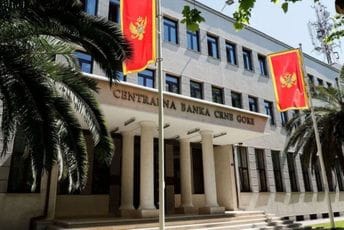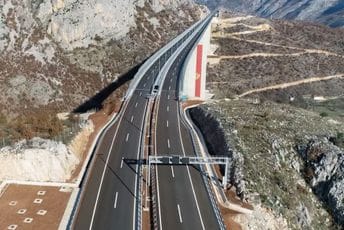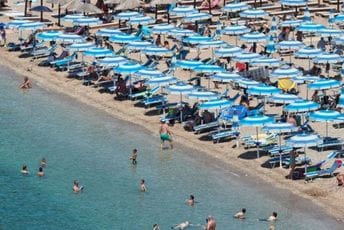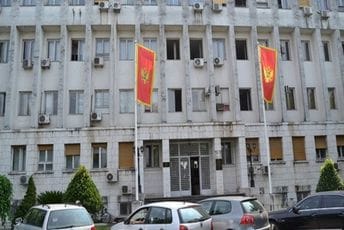Energy Chaos in Montenegro: Solar Gradnja Drowns in Losses While Grid Fills with Illegal Connections
Solar Energy or Solar Chaos? Montenegro boasts about having built 80 MW of solar power plants on rooftops across the country. Officially, the project is said to be in full swing, with expected revenues from electricity sales reaching up to 15 million euros. But wait a minute – is everything really that rosy?
Numbers That Don’t Add Up According to data from Montenegro’s Electric Power Company (CEDIS), as of April 2024, only about 5,000 solar power plants with a total capacity of around 28 MW have been connected. That’s nearly a third fewer installations and three times less capacity than what Solar Gradnja claims! Even worse, nearly half (48%) of these connections are illegal! Yes, you read that right – almost half!
Losses and Multi-Million Euro Deficits Solar Gradnja, the company supposed to manage this project, is operating at huge losses. By the end of 2023, the undistributed loss amounted to a staggering 4.9 million euros. Instead of making a profit, the company is sinking deeper into the red. Costs are enormous, and the workforce is bloated – leading to uncontrolled hiring and expenses three times higher than necessary.
Political Management and Dirty Games Branko Kotri, a long-time energy sector worker and former head of the regulatory agency, openly accuses the management of Solar Gradnja and EPCG of trying to hide their failures and losses behind political bickering. He clearly states that the public has no patience for these games anymore and expects substantial reforms and an end to party control in the energy sector.
Who Pays the Price? The negative financial consequences affect not only Solar Gradnja but also the wider EPCG group and the state budget. While losses pile up, the citizens of Montenegro are deprived of the promised energy stability and renewable energy development.
Unclear Terms and Unanswered Questions What exactly is the “freed energy” that Solar Gradnja mentions as a basis for revenue? Who and how determines the quantities of this energy? How can a company involved in exporting and selling electricity have such massive losses? These are questions that the competent authorities must answer.
Conclusion: Montenegro’s Energy Sector at a Crossroads While Solar Gradnja drowns in multi-million euro losses and the grid fills with illegal connections, it is clear that urgent reform and transparency are needed. Party control and hidden games must end, and the energy sector must become a priority of the state, not a political party.
If you think this is just another story about failed projects, think again. This saga is far from over, and you – what do you think? Will anyone ever be held accountable for this chaos? Or will we keep watching millions being wasted while the lights go out? Drop a comment, share your thoughts, or just have a laugh – but don’t stay silent!
Source: Reaction of Branko Kotri and data from Montenegro’s Electric Power Company (CEDIS) published on the Analitika portal.



















